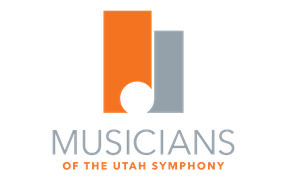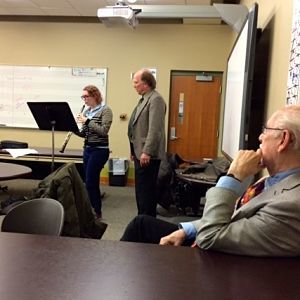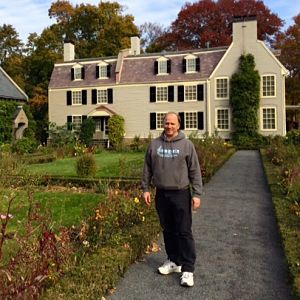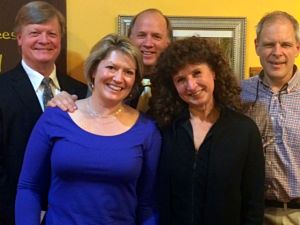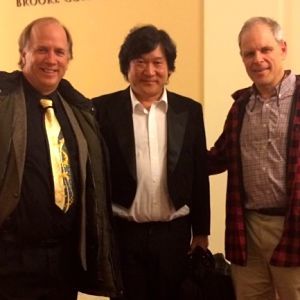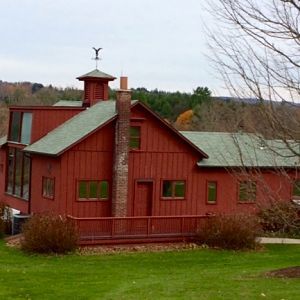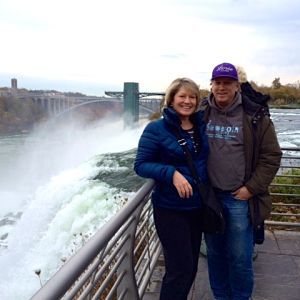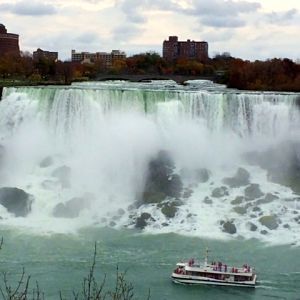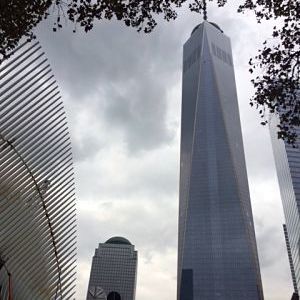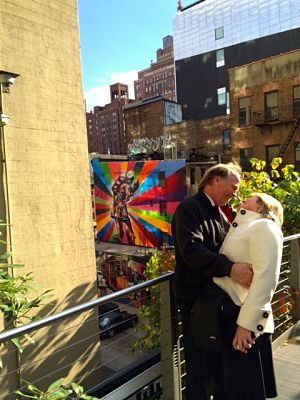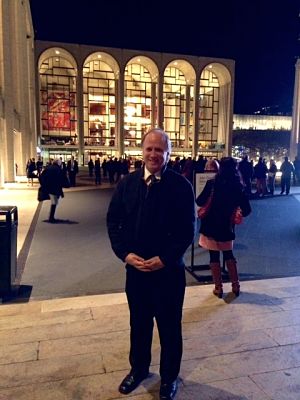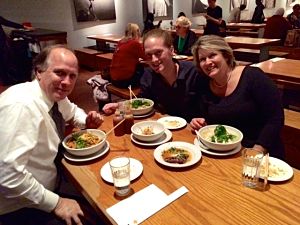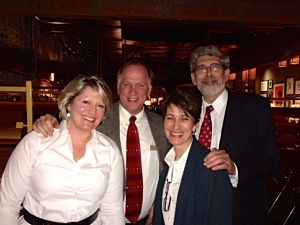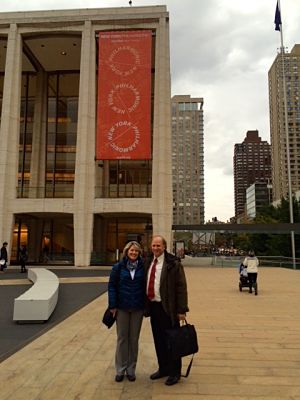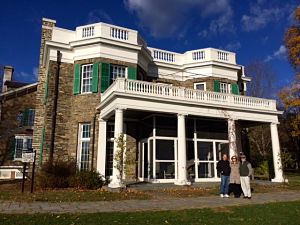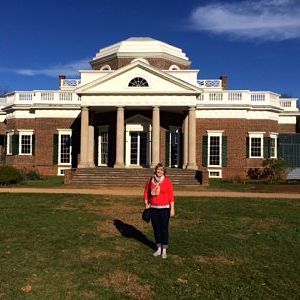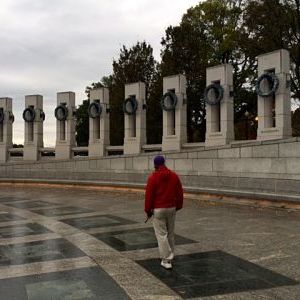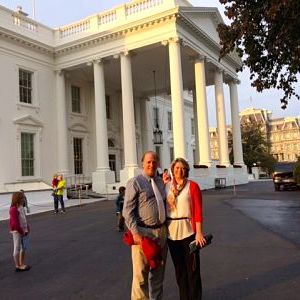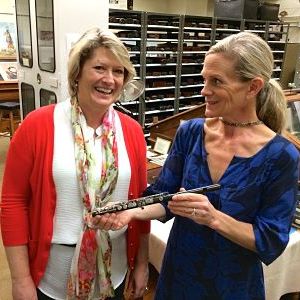The Gifted Youth
The return to Interlochen was just a reminder that winter was taking hold of this tiny town in northern Michigan. In the two months we had been here our view out the porch windows overlooking Green Lake had gone from one of vibrant colors to one of hibernating gray. When the rain falls, then the snow, the once obvious cottages and pine trees on the opposite shores become invisible. We only know they must be there. Life on the lake changes, too. The boats, the fisherman, the docks, etc. have all gone ashore. Oblivious to the oncoming “polar vortex” are a couple of beautiful white swans who swim gracefully in the shallow waters in front of our cabin. It’s hard not to shiver when they plunge their heads under the surface to grab something edible. We wonder where the swans go when the whole lake becomes a frozen mass.
On the campus at the Interlochen Center for the Arts the student body of 495 is busy studying, practicing and planning their futures. The cafeteria is much changed since my days as a student. Large salad bars, a gluten free section, a make-your-own omelet section, a sandwich station, sodas, etc. are all new (to me). Had I forgotten how loud it can get, and all the drama? It’s a school for the arts, so maybe it should seem normal that scenes are being played out in every corner of the dining hall. It’s here where we would join my high school teacher, Dan Stolper, to discuss the state of American orchestras, American oboe playing and all the changes we’ve seen over several decades. Mr. Stolper’s success in turning out talented oboe players is unparalleled and I’d soon get to hear the latest crop play etudes from one of my books.
The room for the master class was in a building that did not exist during my days as a student. A lot of buildings are new. Progress. I talked to the students about taking advantage of this Interlochen experience and looked for a volunteer to start us off. A quietness immediately filled the room. It was a sharp contrast to the noise level in the cafeteria. The students, all juniors, came from places like New Mexico, Florida, Washington and Japan. After a couple months of school, they already seemed to be friends. The young oboe players all seemed to possess attractive sounds and good fundamentals. It was fun to hear them wield their way through some difficult music. I left thinking that the oboe would be an important part of their futures.
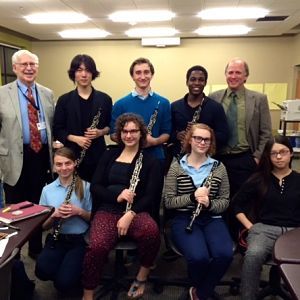
IAA Oboe students
We met up with Nancy Stagnitta, flute instructor at Interlochen, at the Hofbrau in Interlochen. Nancy and Lisa both studied with Tim Day in San Francisco and played with the Sarasota Opera Company, Nancy following Lisa. Nancy is also on sabbatical, so it was fun to hear about her projects which involve interviews with former teachers. The restaurant was warm and cozy with a lot of television screens showing different sporting events. The restaurant was there when I was a student, but I don’t remember all those TVs.
The concerto competition on Saturday would feature 14 talented young musicians. Judging with me were three high-profile musicians. From the Eastman School of Music was percussionist Michael Burritt, from Mannes College was pianist Pavlina Dokovska and from the San Francisco Conservatory of Music cellist Jean-Michel Fonteneau. There were many stand-outs, but the two top prizes would go to J. T. Hassell playing the Bartok Piano Concerto No. 3 and Seung Min Sara Han playing Rossini’s Introduction, Theme and Variations for clarinet. Another stand-out included Alyssa Katahara, playing a harp concerto by Ginastera. An arrangement with NPR’s “From the Top” would mean the prize winners would appear on that well-known radio program.
A reception at the Frohlich Lodge followed the concerto competition. The judges and Interlochen faculty members Thomas Riccobono (trombone), Renee Skerik (viola), (both of whom were at Eastman with Lisa), Michael Coonrod (piano), Carolyn Watson (conducting), T. J. Lymenstull (piano), Nancy Stagnitta (flute) and many others joined in celebrating the young musicians.
If the gifted youth at Interlochen are any indication, the future of classical music looks bright.
– Robert Stephenson and Lisa Byrnes
